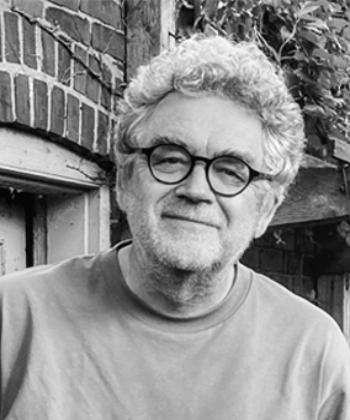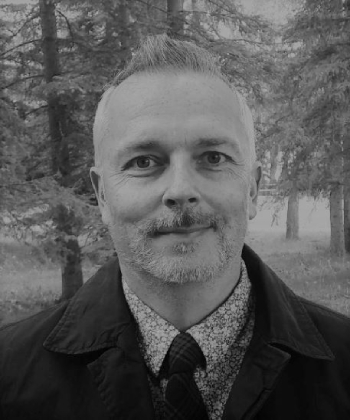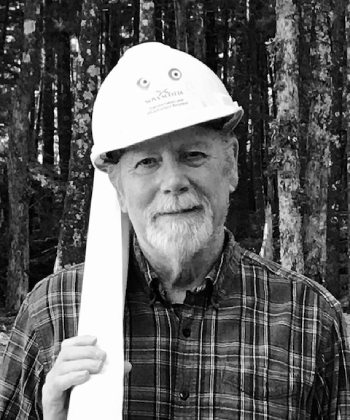RAIC 2022 Virtual Conference Bundle: Most Popular Webinars
SAVE $75 off the most popular on-demand sessions from this year's Virtual Conference on Architecture!
Topics: History, Heritage and Culture & Sustainability, technology and construction
Length: 5.5 hours | What's Included: Video, Quiz, and Certificate of Completion for each of the sessions
The RAIC 2022 Virtual Conference on Architecture brings together professionals at every stage of their career to learn, explore, and discuss the challenges and opportunities facing their practice.
Please note that if you have already registered and attended this years Virtual Conference on Architecture, you currently have access to these sessions and do not need to sign up again to view them on-demand.
Preston Bus Station: celebrating 20th Century architecture for the benefit of communities | 1 Hour
 |
An icon of Brutalist architecture, Preston Bus Station is the UK’s largest building of its kind. With over 10,000 bus departures every week, it is a busy public building and one of the centres of life in the city. Long threatened with demolition, in 2015, John Puttick Associates won an international competition to refurbish the building and create a wider masterplan to re-connect it to the city centre.The session will focus on the process and outcomes of restoring Preston Bus Station and broader themes prompted by the project. John Puttick |
Polishing Two Sandstone Jewels: Calgary City Hall and Government House, Halifax | 1 Hour
|
|
Water often teaches us difficult lessons. Sometimes the lessons are taught fast, like the 2013 flood that inundated downtown Calgary, engulfing the basement of the 1911 sandstone City Hall overnight. Other lessons may be slow, as in Halifax, where water slowly seeped from the ground into the foundations of the 1805 Government House for two centuries. In both cases, each of these nationally-recognized historic landmarks required extensive reparations. As is common with most aged buildings, both of these projects discovered and addressed damage that resulted from deferred maintenance, disrespectful previous repairs, and inherent flaws with the original designs: roofs that didn’t shed, undersized gutters & downspouts, stone blocks that had shifted, leaky wooden windows, asbestos abatement horrors, toxic paints, and inaccessible facilities. Valuable lessons were learned from correcting these issues too. Join the two government architects who supervised the assessment, planning & reparations that conserved these two heritage buildings at different ends of the country and hear answers to key questions. Cameron Gillies Terrence Smith-Lamothe |
Canada’s Earth Tower: Mass Timber Balcony Mockup and Research | 1 Hour
|
|
Balconies are an important consideration in many jurisdictions for multi-unit residential buildings both as a functional extension of the living space and a key component in the overall building thermal performance. Also, they are essential design components that pose significant challenges for the successful execution of competing structural, fire and thermal requirements. These challenges are amplified in mass timber construction due to added new design challenges regarding structural connections, building enclosure detailing, and proper waterproofing membrane application. Overcoming these barriers and providing solutions to address them will improve the acceptance of timber as a viable structural system. For thermally broken balconies with mass timber components, the strategies developed as part of this objective are applicable as lessons learned to other projects and the focus of this research report.This session will provide an overview of the research completed based on a two-story balcony structure from Canada’s Earth Tower design proposal to use as a prototype to design and construct with a focus on investigating key research questions. Cillian Collins Aik Ablimit |
Innovation Wins: Behind the Scenes of Design Competitions for Institutional Clients in Canada | 1.5 Hours
 |
Major institutional clients in Canada increasingly use design competitions to select architect-led consultant teams to implement significant public projects. In this session, learn about the processes and considerations involved in the organization and implementation of two-stage international design competitions held for institutional Canadian clients by assessing three case studies: Etobicoke Civic Centre for the City of Toronto; The Arbour for George Brown College; and the Art Gallery of Nova Scotia for the Province of Nova Scotia. Through the lens of the professional advisor engaged by the sponsor to support and help manage these three international design competitions, this session provides participants with an overview of potential issues to consider when contemplating sponsorship of, or participation in, international design competitions. Joe Lobko |
Raising the Floor: Cutting Embodied Carbon takes a Whole Design Team | 1 Hour
|
|
There’s been a lot of dialogue around embodied carbon recently. While there’s been great progress with structural & enclosure materiality, design teams are still leaving lots of carbon on the table, especially around mechanical, electrical and public health designs. By broadening our view of embodied carbon emissions to include other elements–that can be as impactful as concrete, steel, or wood– we unlock more opportunities to tighten the carbon footprint of our projects and to fully account for the impacts of our built environment. Additionally, with COP26, the first review of the NDCs (Nationally Defined Contributions), and the sixth IPCC report coming up, all signs point towards we are not on track with our climate targets and stronger immediate action is required. For new construction, this means even more urgency on reducing upfront emissions, as opposed to those happening in 50 years. This discussion will provide attendees with the tools needed to facilitate deeper conversations around embodied carbon in a manner that includes full design teams. For Architects, this means knowing more about all sources of embodied carbon and the key contributors beyond core structural and enclosure elements. To further accelerate this critical topic, Integral will present new and meaningful opportunities to find carbon savings in your projects. Jeremy Field Louise Hamot |
Pricing A-La-Carte










